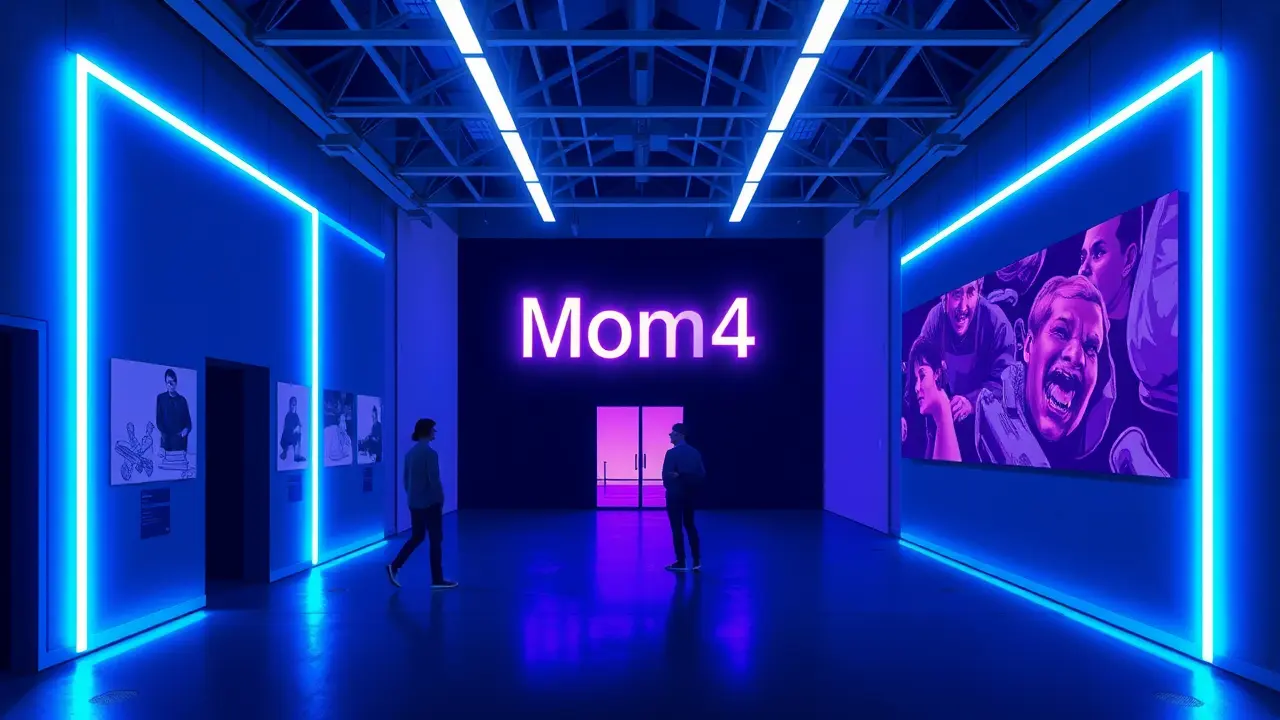
Otherlaw & courtsCivil Lawsuits
Norwegian Visitor Sues MoMA PS1 Over Onsite Concussion Injury
EM
Emma Wilson
4 hours ago7 min read1 comments
A trip to New York City’s celebrated MoMA PS1, a temple of avant-garde art housed in a repurposed Romanesque Revival schoolhouse in Long Island City, turned from a cultural pilgrimage into a personal catastrophe for a Norwegian visitor in 2022, an incident that has now erupted into a formal lawsuit alleging negligence and demanding accountability. The plaintiff, a citizen of Norway whose identity remains shielded in initial court filings, was not felled by a piece of provocative performance art or a dizzying virtual reality installation, but by a fundamental failure of environmental safety—a wall panel that detached and struck the individual, resulting in a diagnosed concussion.This is not merely a dry legal claim; it is a human story set against the gleaming, often intimidating, white walls of the international art world, a narrative of a body broken in a space dedicated to the transcendence of the mind and spirit. The lawsuit, filed in a New York State court, pierces the carefully curated aura of institutions like MoMA PS1, which attract hundreds of thousands of domestic and international visitors annually, all operating on an implicit covenant of safety.The legal complaint undoubtedly hinges on specific allegations of negligent maintenance, improper installation, or a failure to warn visitors of potential hazards, standard tort principles that will be picked apart by lawyers and insurance adjusters. Yet, the broader, more resonant crisis here is one of institutional responsibility.Museums globally, from the Louvre to the Tate Modern, grapple with the immense challenge of preserving historic structures while adapting them for massive, often unpredictable, public footfall. How does an institution balance the raw, industrial aesthetic of a place like PS1—part of its authentic charm—with the sterile, but necessary, protocols of modern risk management? This incident in Queens echoes other high-profile museum accidents, such as the 2020 case where a visitor to the Musée d’Orsay in Paris was injured by a falling sculpture fragment, highlighting a pervasive, if under-discussed, tension between preserving architectural integrity and ensuring visitor welfare.For the Norwegian individual, the consequences of that single moment are likely profound and lingering; a concussion is not a simple bump on the head but a traumatic brain injury that can lead to months or years of cognitive fog, headaches, sensitivity to light, and emotional volatility—a stark contrast to the intellectual and sensory enrichment they had traveled across the Atlantic to find. The lawsuit thus becomes a vessel for more than just compensation; it is a demand for recognition of that lasting harm.The response from MoMA PS1 and its parent institution, the Museum of Modern Art, will be closely watched. Will they settle quietly, a common tactic to avoid reputational damage and lengthy litigation, or will they mount a vigorous defense, potentially arguing that the visitor was somehow contributorily negligent? Their public statements will be parsed for empathy and accountability.This case arrives at a time of heightened scrutiny for cultural institutions, which are increasingly being called to account not just for the art on their walls, but for their labor practices, their colonial histories, and now, the very physical safety of their spaces. For Emma Wilson, a reporter drawn to the human core of global crises, this story is a stark reminder that the most urgent dispatches are not always from war zones or protest lines, but can emerge from the quiet, polished floors of a museum, where a single falling object can shatter a life and challenge the foundations of a cultural beacon.
#featured
#MoMA PS1
#lawsuit
#visitor injury
#concussion
#museum safety
#negligence
Stay Informed. Act Smarter.
Get weekly highlights, major headlines, and expert insights — then put your knowledge to work in our live prediction markets.
© 2025 Outpoll Service LTD. All rights reserved.